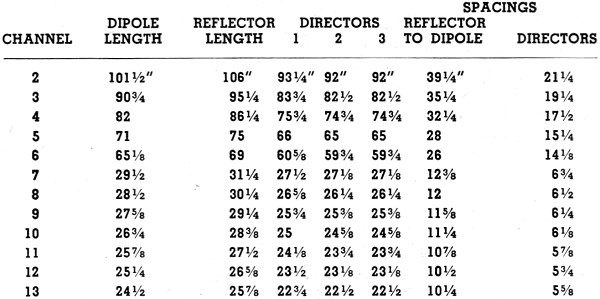Hi tecumsa,
You’re spot on to realize that it’s because your PBS WQED is now on VHF-lo that you’re having problems. They moved down frequencies in July 2019, because of the repack.
But, they knowingly did so. I see your mention about it being the FCC doing this to them, and SophieCat mentioned it, too. Realize though that WQED was the only TV station in the nation that during the 2017 auction took money to move from VHF-Hi to VHF-Lo. Had they not accepted the proceeds, they would have either remained within the VHF-Hi range (RF7-13), or possibly even moved up to UHF (where smaller home antennas work). They were happy to receive money equivalent to their annual budget, per this article I Googled up: WQED board extols fund increase through auction | Pittsburgh Post-Gazette
Like ronintexas noted, You need an antenna that is expected to receive VHF-Lo. The Antop’s VHF dipoles out each side don’t have a long enough wingspan, unfortunately.
I like to refer to this chart I found on RFCAFE a couple of years ago when thinking about wingspan needs:

To give full credit, it’s from this article: The Yagi, October 1952 Radio & Television News Article - RF Cafe
Since WQED is now transmitting on the frequency that historically was Channel 4, the primary dipole element needs to be almost 7 feet across (82 inches…so 2 inches shy of 7 feet) for optimal results.
I’m guessing that if you measured the Antop’s wingspan, it’s a yard or less. Fine for VHF-Hi (Channels 7-13, from the chart), but not ideal for any VHF-Lo. Then your happening to be down in what’s apparently a step-sided valley exacerbates things.
So what to do? One person that posted over in the Pittsburgh thread of AVSForum (I can provide the link if you’re not familiar with that site) had a different antenna than you, but successfully extended the dipole with metal tubing or rod–and scored rather reliable reception of WQED.
Otherwise, you’ll need to add a separate antenna, or replace what you’re using.
I’m afraid the smallest Winegards that have long dipoles won’t be enough. Rather, these come to mind for me–and save you from going to the monsterously long Winegard HD8200:
RCA ANT3036
RCA ANT3037 (with VHF-Lo extensions installed)
Per what last was known, both these RCAs were being manufactured by Winegard. Their main boom is 5-6 feet long, with the widest dipoles 9 or so feet wide.
Channel Master Advantage 60 (model number CM-3018)–Notice this isn’t from their “Digital Advantage” product line, since those aren’t wide enough for VHF-Lo. I’d also be a bit concerned that their Advantage 45 (CM-3016) wouldn’t be quite enough for you in the valley.
Amazon also lists a VHF-Lo-only antenna if you dig far enough. But there’s so few reviews and it comes from overseas that I’m unsure about even mentioning it–plus it costs in the same range as the above options.
I don’t have any VHF-Lo broadcasts in my market. But I do use an RCA ANT3037 (without the extensions installed) for my VHF-Hi reception. Lowes was closing them out from their store inventory a couple of years ago–but Home Depot will ship-to-store free I’m finding.
If you want to add one of the above, you could leave your current Antop as is, put one of these on the same mast, run a separate coax down to where you have the power injector for the Antop, then add in the VHF-Lo coax line with a “High Low Signal Joiner” (HLSJ for short): Amazon.com
The key is that the HLSJ would need to be placed so as to not divert the current going to the Antop from the power injector.
Lots said here. Hopefully not too overwhelming. ~~ Cheers! Statmanmi
